Description

Day 1: Windhoek -Sesriem campsite– 320 km
You will be collected from your accommodation within the Windhoek city limits at 07:00 and transferred to Chameleon Safaris HQ for a short pre-departure meeting.
There is some lovely mountain scenery on our drive to Sesriem. The road climbs up onto and over Namibia’s central plateau and stops at the small town of Rehoboth for essential supplies, back on the road we pass via the small community at BűellsPort from here we continue on through the desert landscape aiming to arrive at Sesriem around lunchtime and make our campsite under a huge, ancient camelthorn tree from where we can glimpse the towering red dunes of the world’s oldest desert.
We enjoy a late afternoon picnic-style lunch after setting up camp.
In the late afternoon, there is the option with which to start our time in the world’s oldest desert. A short drive will take us to Elim Dune, for the best golden light before sunset. From here, if you would like to, it is a relatively short walk back, through the desert, to our camp.
Accommodation: Twin share tents, shared ablution at the campsite
Meals: Lunch, Dinner
Day 2: Thursday – Sesriem – Sossusvlei – Sesriem – 120 km
Sunrise in the dunes is the name of the game this morning and that means a pre-dawn start. Our first stop will be at dune 45, so named because it is 45 km from Sesriem, and we cover this first distance in darkness and early morning twilight. The best time to photograph the dunes is around sunrise and sunset. This is when you can see towering sand dunes illuminated a glowing orange, apricot red on one side and swathed in shadow on the other. The depth of field is amazing at this time of day.
We arrive at Dune 45 and climb to a vantage point for sunrise, watching as the colours grow and change with the ever-altering light. Back to the vehicle for a quick breakfast and we carry on for the last few kilometers to the 2×4 car park where all 2-wheel drive vehicles have to stop. From here we enter the ancient Tsauchab Riverbed for the last 5km leg to Sossusvlei itself.
The Tsauchab River is ephemeral, it only flows seasonally, when there is enough rain, and for the most part, the riverbed is dry. Eons ago, during these rare floods, the Tsauchab sometimes received enough water to flow all the way to the Atlantic Ocean. However, as the millennia passed and the dune fields began to form, (around five million years ago), wind-blown sand invaded the riverbeds. The rivers became more and more constricted by sand until eventually, the occasional floods could not break through the sand barriers that had been erected by the wind. The valley we drove along this morning in the darkness is kept free of sand by the Tsauchab but Sossusvlei is now permanently waters end.
Sossusvlei does still sometimes flood, (perhaps once in a decade). After good rains in the Naukluft Mountains where the river rises, Sossusvlei can become inundated, and the lake that this creates can last for many months, but no longer can the river find its original path to the Atlantic.
There is a 4×4 shuttle service that will transport us through the sandy terrain of the riverbed. We will visit Dead Vlei, an ancient pan completely surrounded by sand, that is strikingly populated with dead, skeletal camelthorn trees. These trees have been a feature of this landscape for over 1000 years. Sossusvlei is almost surrounded by dunes, just one narrow path kept open by the Tsauchab River.
We have time to explore the area on foot and to climb one of the highest dunes in the world, some towering 300 m above us, the views are breathtaking and justly famous.
We drive back to Sesriem for lunch and perhaps a dip in the swimming pool and in the afternoon, we take a short excursion to see the Sesriem Canyon.
Only four km from our campsite, this canyon has been carved out of the landscape by the Tsauchab River. Around two million years ago there was an ice age in Europe. This caused glaciers to form and resulted in a worldwide drop in sea level. The knock-on effect of this at Sesriem Canyon was that it increased the length and water flow of the Tsauchab River. This greater force of water allowed the Tsauchab to begin cutting through the terrain resulting in the canyon we can see today. We can easily walk into the riverbed, it is usually much cooler in the canyon and we can follow the river for some way along its journey to Sossusvlei.
Accommodation: Twin share tents, shared ablution at the campsite
Meals: Breakfast, Lunch, Dinner
Day 3: Friday – Sesriem Campsite -Swakopmund – 350 km
Departing after an early breakfast we head west into the desert. We first cross the Namib gravel plains, large areas of flat and seemingly barren terrain broken up by huge mountain inselbergs. Our first stop this morning is the tiny town of Solitaire where we can stretch our legs and sample the apple pie that has made this homestead famous, a quirky little place with amazing photo opportunities in the old farm vehicles scattered around the grounds.
We cross the Tropic of Capricorn at 23.5 south degrees. There is a signpost at this auspicious spot and we stop along the road for photos. We have two mountain passes to traverse this morning, first is the smaller canyon of the Gaub River, a tributary of the Kuiseb river Kuiseb Pass. We continue to follow the road to the top of the mountains, dropping steeply down into the canyon carved over eons by the Kuiseb River on its way to debouch into the ocean at the port town of Walvis Bay.
We climb up from the banks of the river and over the pass, travelling through the mountain peaks. We emerge from the mountains onto a flat road that takes us all the way to the town of Walvis Bay. We have lunch at Walvis Bay lagoon and complete the final leg of our journey into Swakopmund, you will be dropped off at your accommodation anywhere within the city limits of
Swakopmund. We recommend The Residence, where your guide stays tonight.
Swakopmund was founded by Captain Kurt von François of the imperial colonial army of the German empire in 1892. (He also founded Windhoek in 1890). Swakopmund is an interesting place to say the least, bounded to the north, the east and the south by the mighty sand dunes of the Namib Desert and to the west by the Atlantic Ocean. There are still many examples of colonial German architecture to be seen and the German language is still widely used.
Swakopmund offers many opportunities to keep us busy during our time here. The town centre is small and easily explored on foot but there are also many extra, optional activities available. Scenic flights over the desert are very popular and for the more adventurous perhaps try skydiving or quad biking over and in the Namib dunes.
Our guide will discuss all the options with you in advance and will be able to facilitate any bookings that we would like to make.
Accommodation and dinner tonight are for your own account. Swakopmund boasts some truly excellent restaurants and again our guide will be able to help you with recommendations and bookings.
Meals: Breakfast, Lunch
If you wish to stay and have some fun in Swakopmund ask us for recommendations and book accommodation and the Shuttle back to Windhoek.


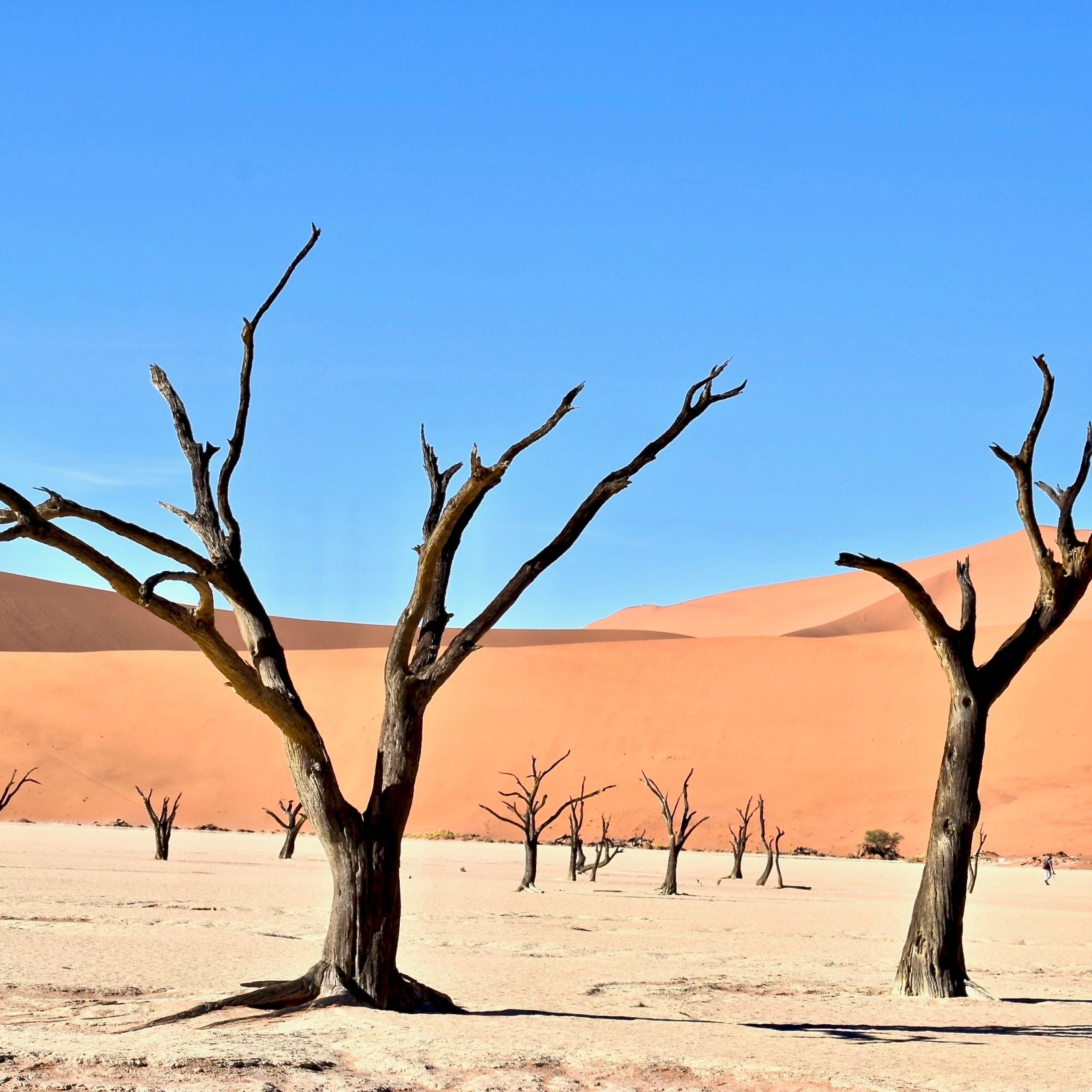
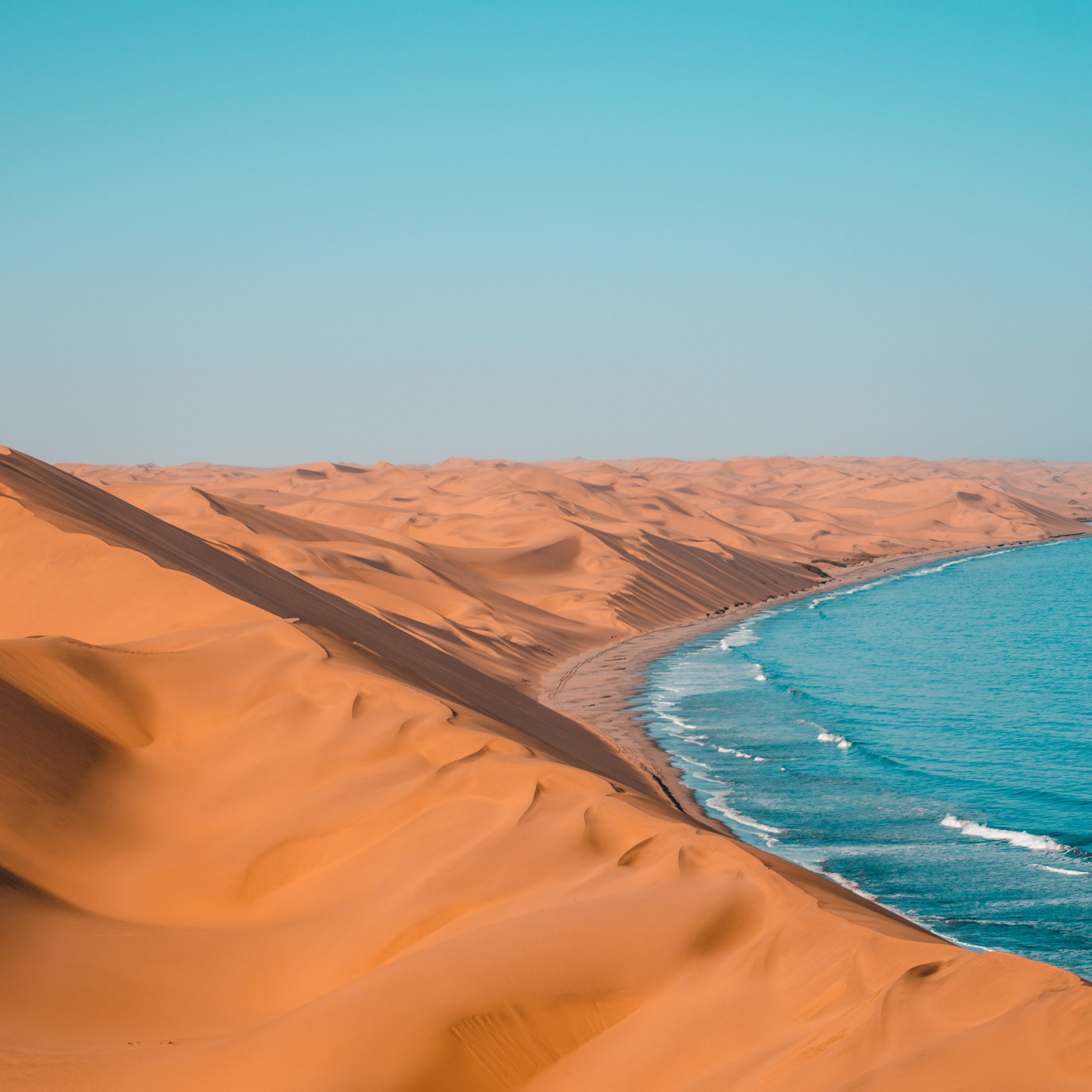
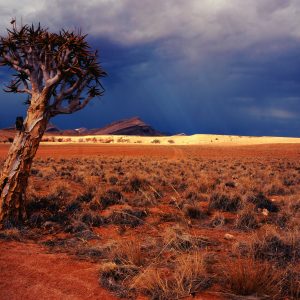
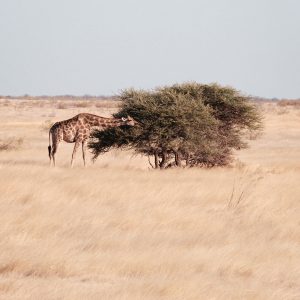
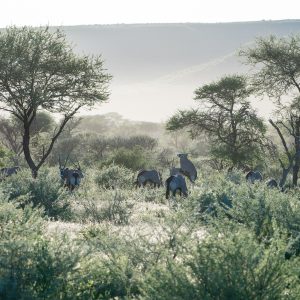
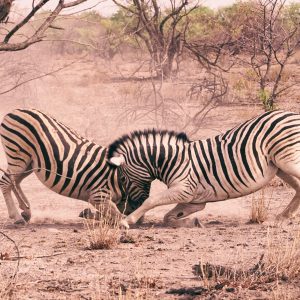


Reviews
There are no reviews yet.